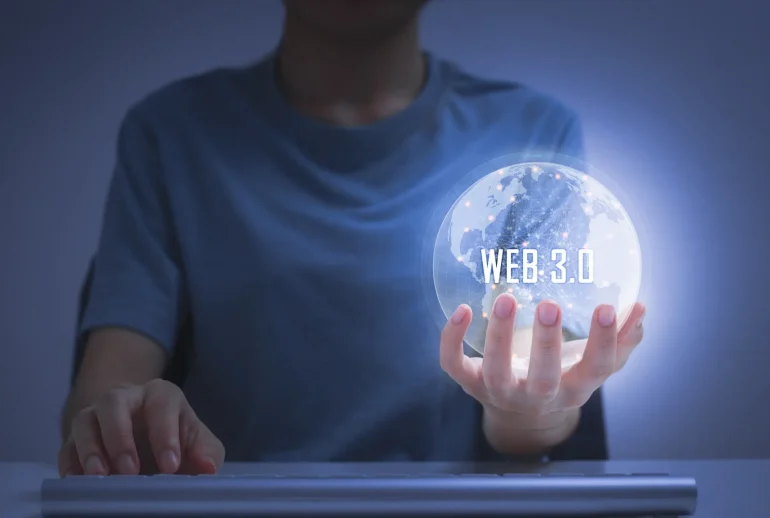The internet has come a long way since it was first introduced to the world in the early 1990s. In those early days, the internet was little more than a glorified research tool; a way for academics and scientists to share information with one another without having to physically meet in person. But that all changed in the early 2000s with the introduction of social media and other web-based applications. The internet went from being an esoteric tool used by a select few to a part of everyday life for millions of people around the globe.
And we’re only just beginning to scratch the surface of what’s possible with web-based technology. With the introduction of Web3—a decentralized, open-source platform that utilizes blockchain technology—the internet is on the cusp of yet another major paradigm shift. If you’ve been paying attention to the tech world at all over the past few years, you’ve probably heard the term “Web 3.0” thrown around a lot. But what exactly is Web 3.0? In short, it’s a vision of the future internet that is decentralized, secure, and user-friendly. Here’s a more detailed look at what the future of the internet may look like.
Decentralization
One of the most important aspects of Web 3.0 is decentralization. That is, instead of having a few massive companies controlling everything, power will be distributed among many different individuals and organizations. This decentralization will happen in two ways: through blockchains and through peer-to-peer networks.
Blockchains are decentralized databases that are secure and tamper-proof. They work by keeping a record of every transaction that takes place on the network in a shared ledger. This ledger is then verified and updated by each member of the network, making it virtually impossible for anyone to make changes without everyone else knowing about it. Blockchains will likely play a major role in Web 3.0 because they will allow for trustless interactions between parties who do not know or trust each other.
Peer-to-peer networks are also decentralized, but they work differently from blockchains. With peer-to-peer networks, there is no central server that stores all of the data; instead, each participant stores a copy of the data on their own computer (or other devices). These networks are often used for sharing files, but they can also be used for things like messaging and social media. The benefits of using peer-to-peer networks are that they are very resistant to censorship and shutdowns, and they often provide better privacy than centralized platforms.
Security
Another key element of Web 3.0 is security. When you interact with centralized services like Facebook or Google, you are entrusting those companies with a lot of sensitive information about yourself. But with a decentralized internet, there is no central party that has access to all of your data; instead, it is spread out among many different computers (or other devices) in different locations. This makes it much harder for hackers to get access to your data because they would need to hack into multiple computers instead of just one server. Additionally, some decentralized platforms make use of encryption which makes it even more difficult for hackers to access your data.
User Friendliness
Even though decentralization and security are important aspects of Web 3.0, they won’t mean much if users can’t figure out how to use the new technology. That’s why user friendliness is another key element of Web 3.0 Platforms and applications that are being built for Web 3.0 need to be easy to use so that regular people can understand them and start using them without any hassle. If adoption rates are too low because people can’t figure out how to use the new technology, then Web 3.0 will never take off.
In conclusion Web 3.0 is a vision for the future internet that is decentralized, secure, and user friendly . Decentralization will happen through blockchains and peer-to-peer networks, and security will be improved by spreading data out among many different computers. User friendliness is also crucial for widespread adoption. Of course, all of this is still very much in its infancy; but if everything goes according to plan, we could see a widespread adoption of Web3 within the next 5-10 years. And when that happens, it’ll be nothing short of revolutionary. It remains to be seen whether or not this vision will become reality , but it certainly looks promising .
